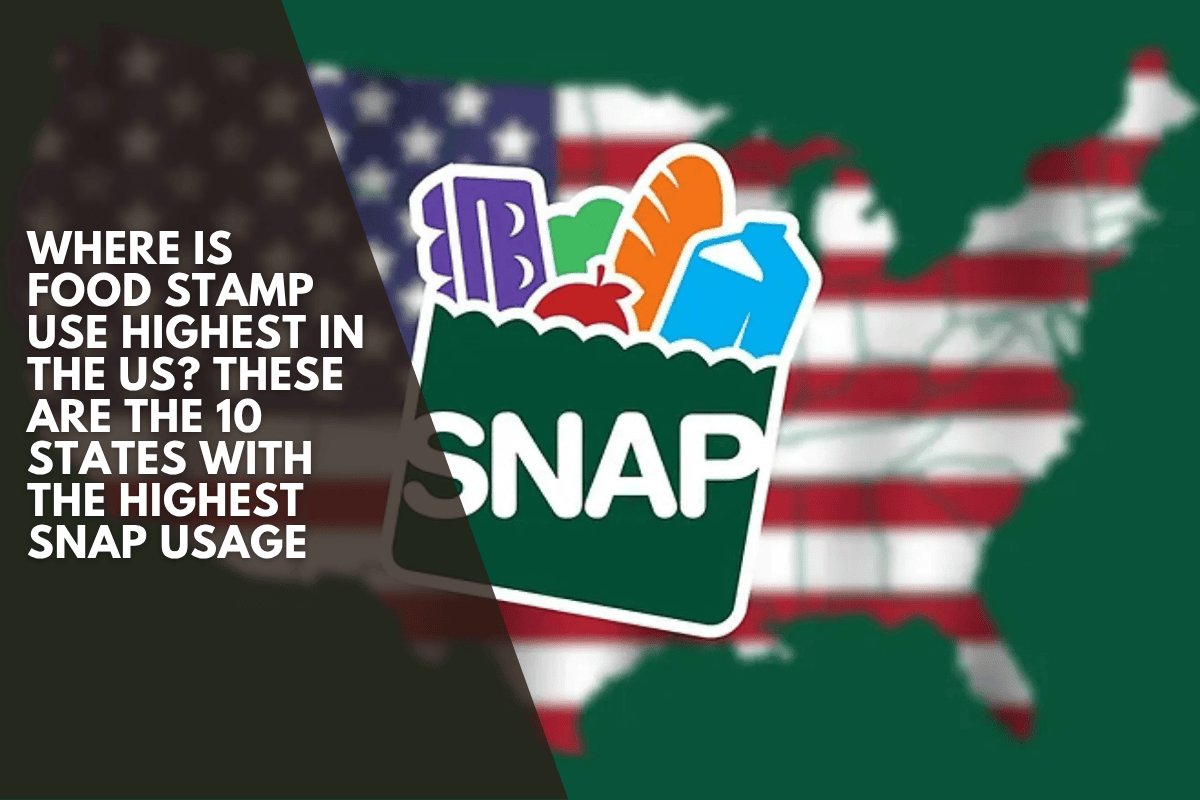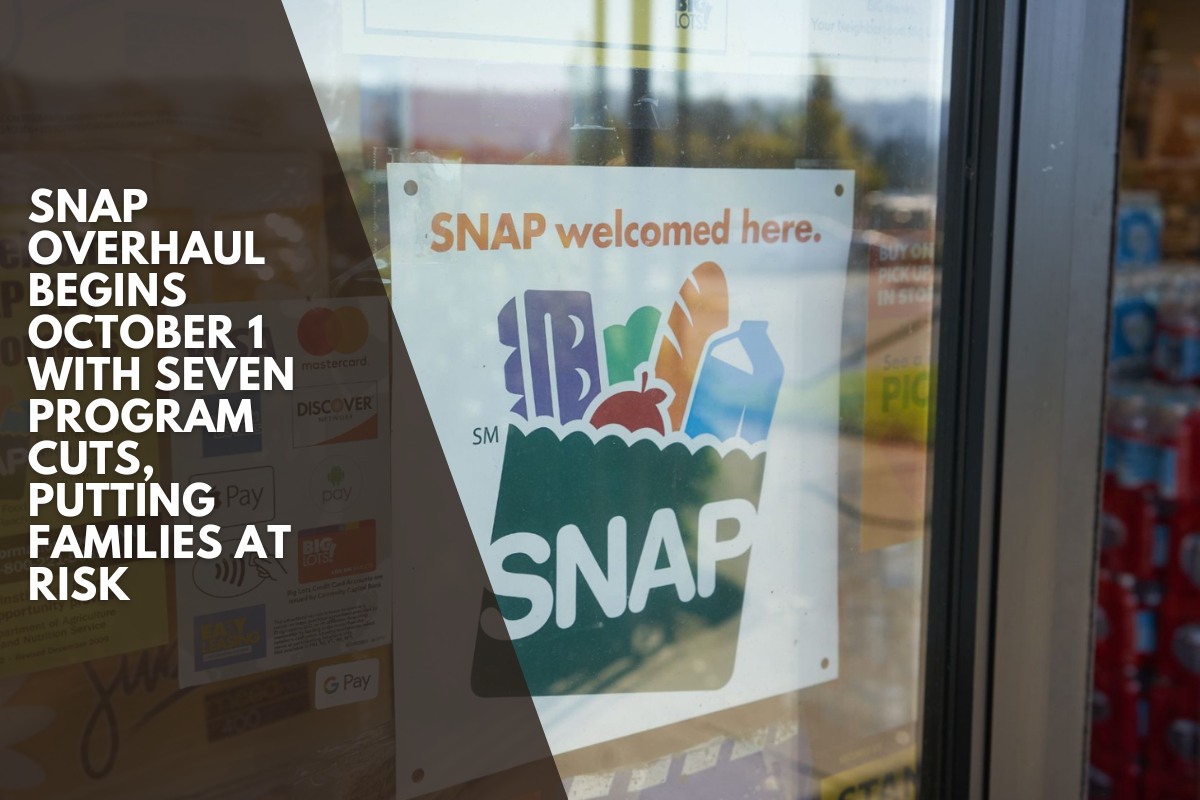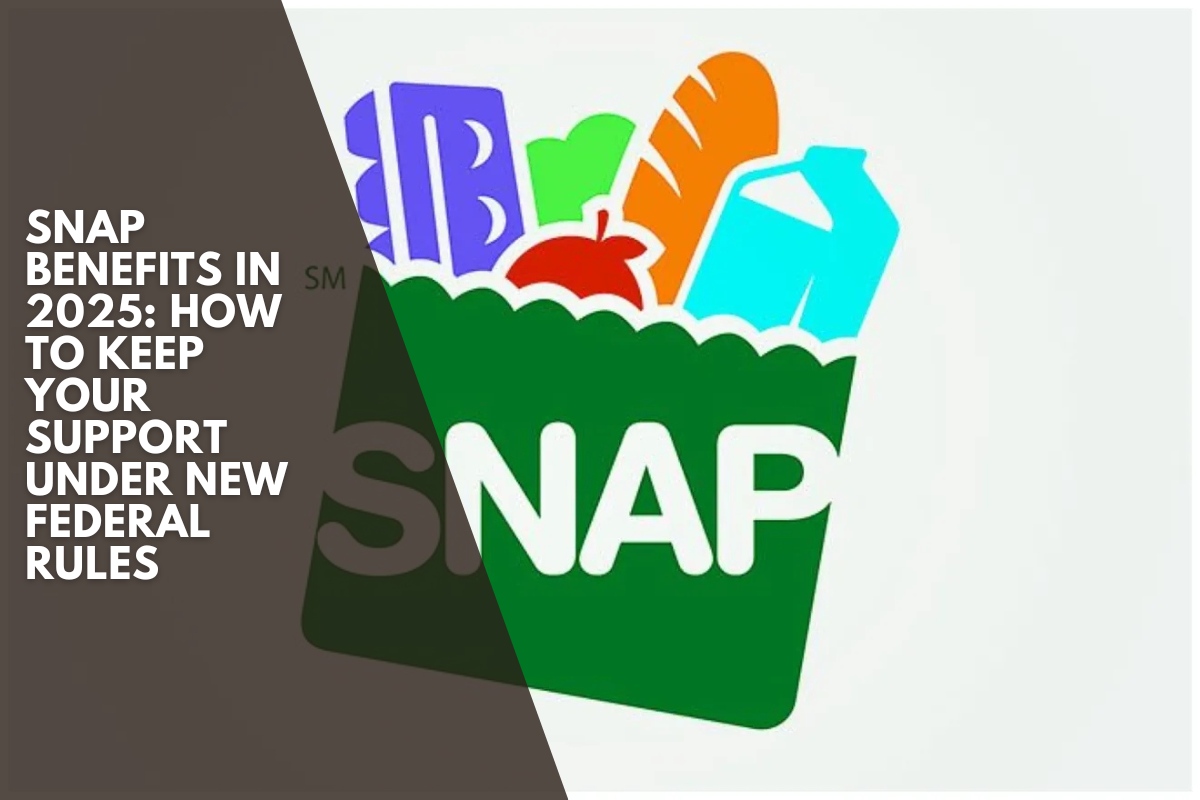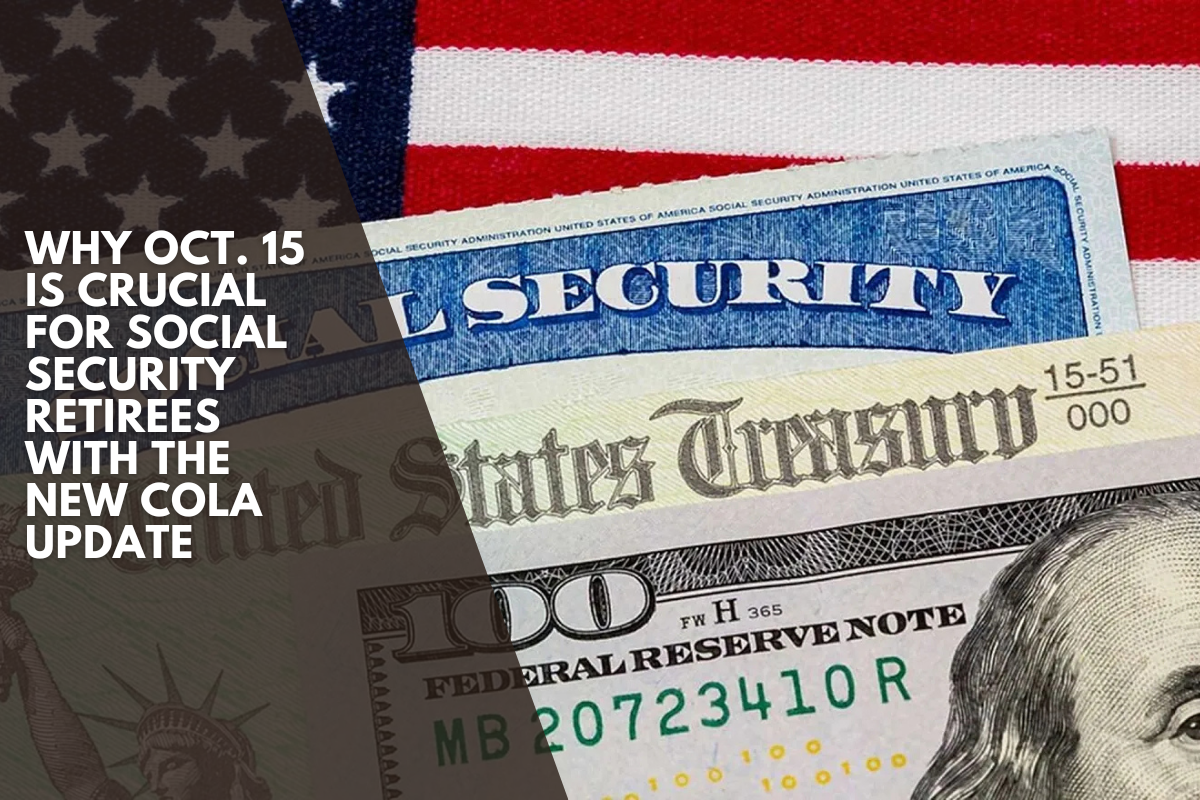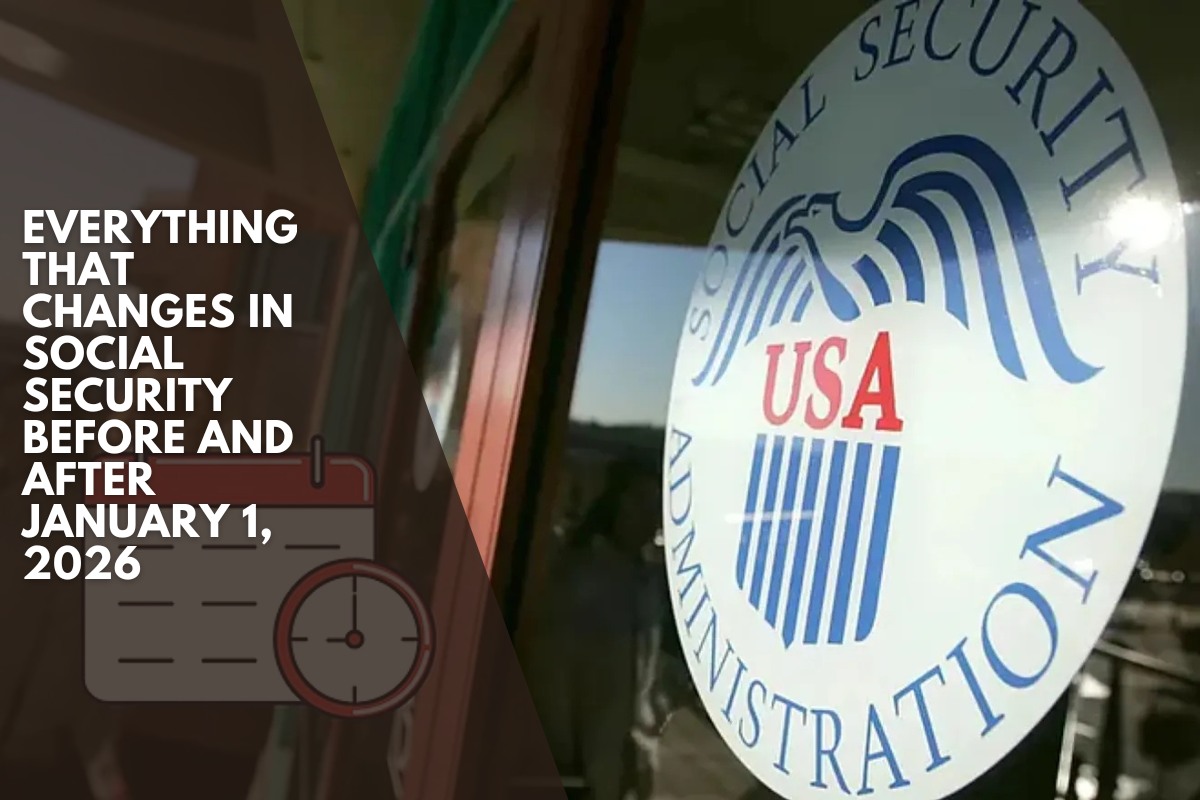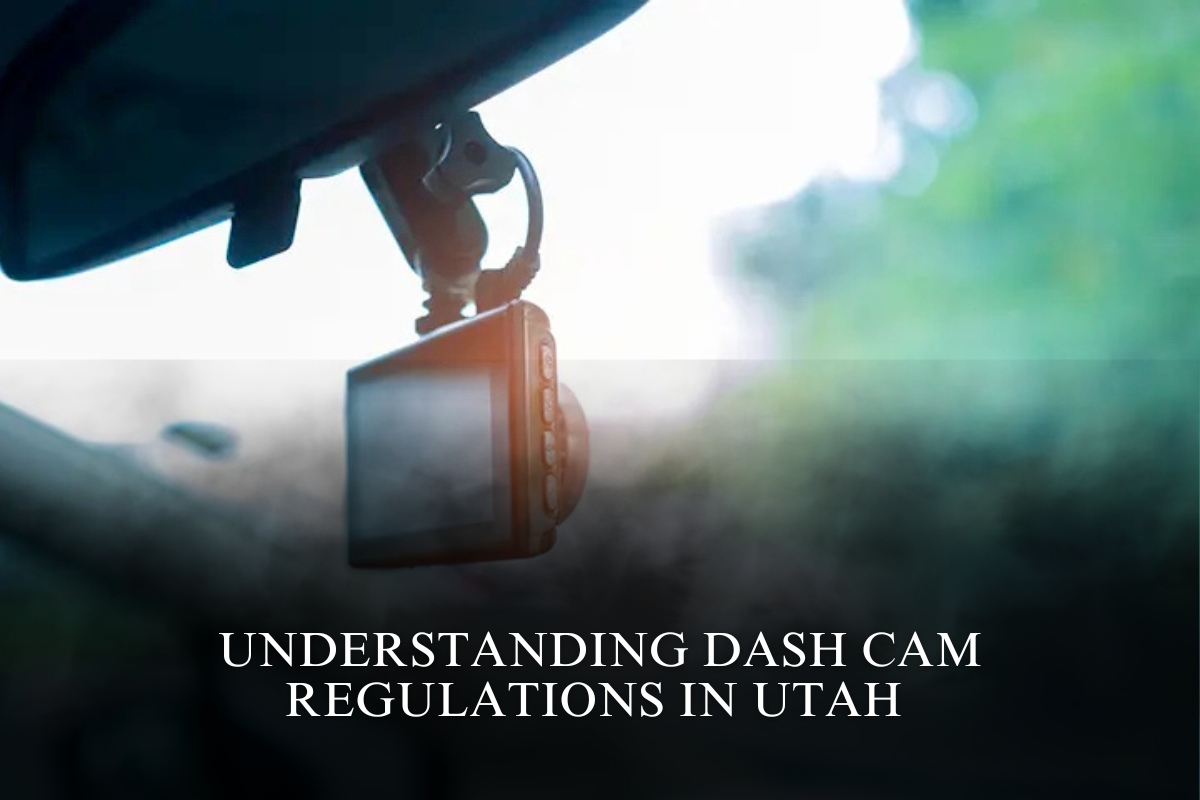Despite partial economic recovery in some parts of the United States, millions of families are still struggling to put food on the table.
New data show that ten states have a particularly high use of the Supplemental Nutrition Assistance Program, also known as food stamps.
This reliance reflects not only persistent poverty, but also the effectiveness or ineffectiveness of state governments in facilitating access to these services.
In 2025, more than 42 million people will receive SNAP benefits in the country. This assistance is critical for the most vulnerable families, and understanding where it is concentrated can help inform public policy and funding decisions in the coming months.
These are the ten states with the highest percentage of residents using SNAP:
1. New Mexico (21%)
New Mexico leads the nation with 21% of its population enrolled in SNAP. A combination of high poverty levels, broader eligibility criteria, and increased digital access has contributed to this high participation. Almost half of the state’s SNAP beneficiaries have incomes below 50% of the federal poverty threshold, highlighting the crucial need for food assistance.
2. Louisiana (18%)
Louisiana follows closely with 18% of its population receiving SNAP benefits. The state has a poverty rate of 18.9%, and recurring natural disasters, along with limited job opportunities, leave many families relying heavily on SNAP to meet their nutritional needs. These factors contribute to the high percentage of residents enrolled in the program.
3. Oregon (18%)
Oregon also has an 18% SNAP participation rate, but it stands out for its effective awareness campaigns. While the state’s poverty rate is not the highest, 35% of its beneficiaries have incomes below 50% of the poverty line. The state’s focus on outreach and awareness has helped improve access to the program for those in need.
4. Oklahoma (17%)
In Oklahoma, 17% of the population participates in SNAP, with 42% of beneficiaries having extremely low incomes. The majority of these individuals reside in rural areas, where employment opportunities and essential services are limited. Additionally, 66% of SNAP recipients in Oklahoma are families with children, highlighting the program’s importance in supporting households in need.
5. Nevada (16%)
Nevada, despite having an economy centered around tourism, faces challenges with job stability, leaving many residents struggling. Around 44% of its SNAP beneficiaries live below 50% of the poverty line. The average monthly benefit for a household in Nevada is $276, providing vital food assistance to many individuals and families.
6. Massachusetts (16%)
Even though Massachusetts is one of the wealthiest states, 16% of its population receives SNAP benefits. The state’s strong infrastructure and easy access to the program contribute to this figure. Massachusetts’ ability to maintain a robust network for food assistance highlights the effectiveness of a well-managed system in preventing food insecurity during economic downturns.
7. West Virginia (16%)
West Virginia, with an economy impacted by industrial decline, has 16% of its population receiving SNAP benefits. A significant portion of these beneficiaries—36%—live in extreme poverty. For many families, particularly those with children, SNAP benefits are essential, with the average monthly benefit often exceeding $500 per household.
8. Pennsylvania (15%)
In Pennsylvania, 15% of the population is enrolled in SNAP, benefiting approximately two million people. The state faces potential federal cuts that could put thousands at risk of food insecurity. With a child poverty rate of 17%, the need for SNAP remains critical in ensuring that children and families have access to proper nutrition.
9. Illinois (15%)
Illinois also has a 15% participation rate in SNAP, largely due to an effective enrollment campaign. The state ensures that up to 100% of eligible residents are registered for the program. This highlights both the need for the program and the state’s efficiency in reaching its citizens to provide necessary support.
10. Alabama (15%)
With 15% of its population receiving SNAP benefits, Alabama’s participation rate reflects the state’s challenges, where almost 16% of residents live below the poverty line. Rural areas in Alabama rely heavily on SNAP, and households typically receive an average of $320 per month in benefits. The program is essential for maintaining food security in these communities.
These findings demonstrate that high SNAP use does not always reflect poverty, but also how accessible the program is and how state governments respond.
In states such as Massachusetts and Illinois, high participation can indicate administrative efficiency. Others, such as Louisiana and New Mexico, demonstrate deep and structural needs.
